Used across cultures for some 25,000 years, clay pots and pans remain essential tools in the modern kitchen, and for good reason. Clay heats slowly and retains that heat well, traits that promote even cooking. The porous surface also better preserves moisture, requiring less cooking fat than steel or nonstick. Most earthenware dishes need some preparation before use, such as submerging in water or heating and coating with oil. Though some clay pots and pans can endure high heat, they never should be exposed to drastic temperature changes; this can cause thermal shock that cracks them.
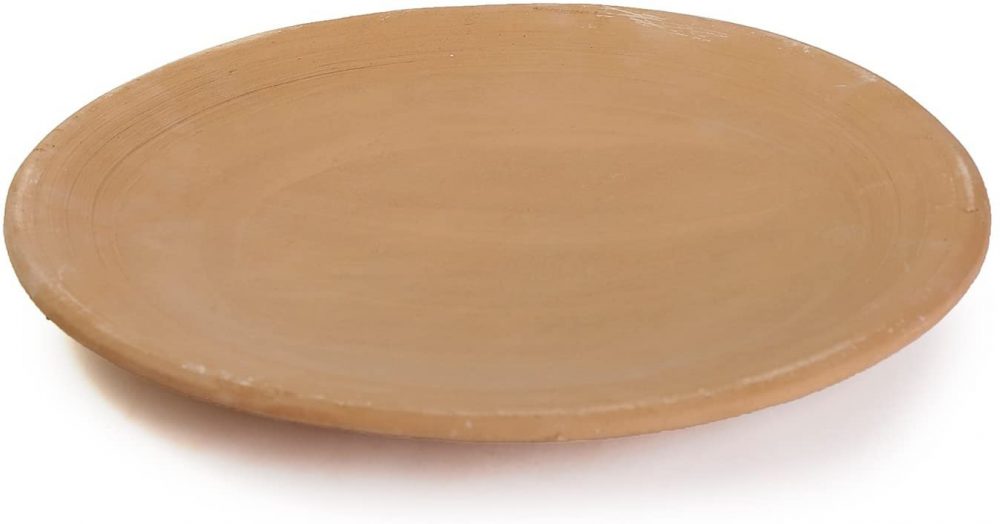
Comal
Common throughout Mexico and South America, the comal is a wide, mostly flat or slightly concave round pan. This multipurpose griddle, now sometimes made from cast iron, is used to make fresh tortillas, cook meat, char vegetables and chilies, and toast spices. Traditionally, it rests on three stones called tenemostes that surround the flame or hot coals. The word comal comes from the Aztec Nahuatl word comalli. A similar South American cooking device is called a budare.
Donabe
These Japanese pots come in varying shapes and sizes—the name is a generic term for “clay pot”—but the most common are thick-walled and have a heavy lid to retain moisture. They traditionally are made from the extra-porous clay in Iga province, which can better handle high heat over a direct flame. Cooks often have more than one because they’re used for cooking rice, braising meat and making brothy one-pot meals known as nabe. Chips and stains are prized as signs that a donabe gets plenty of use.
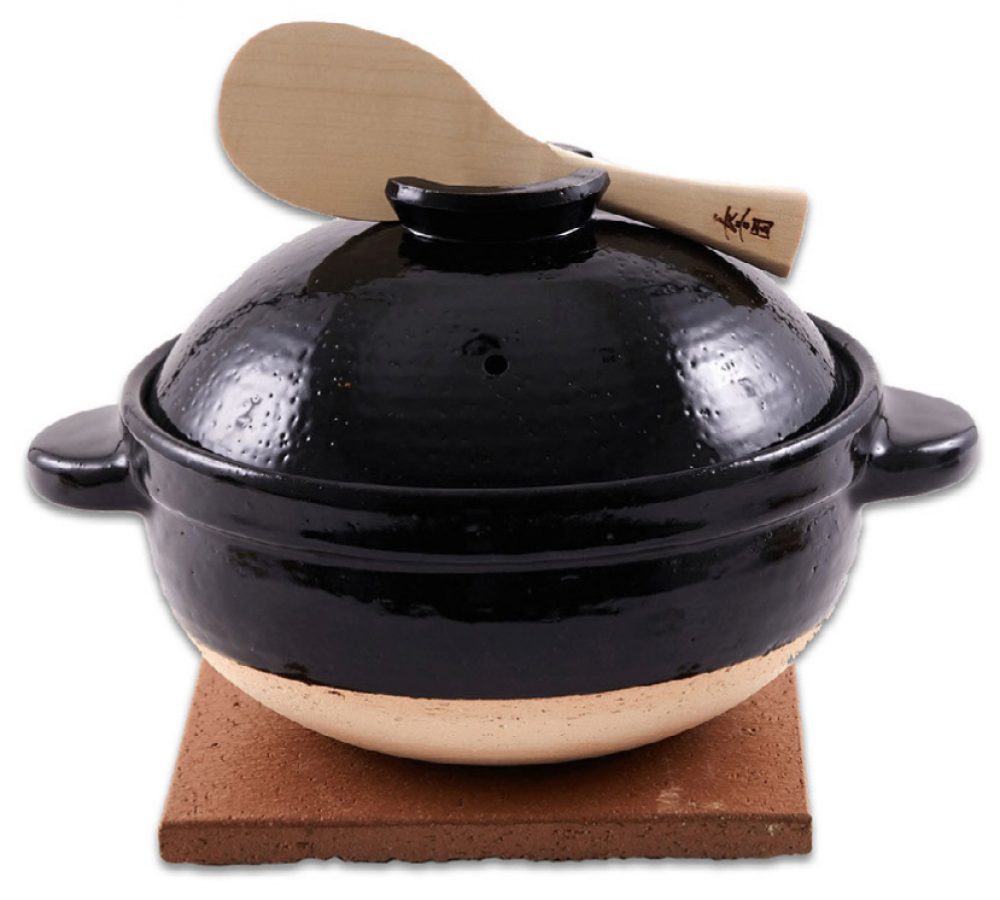
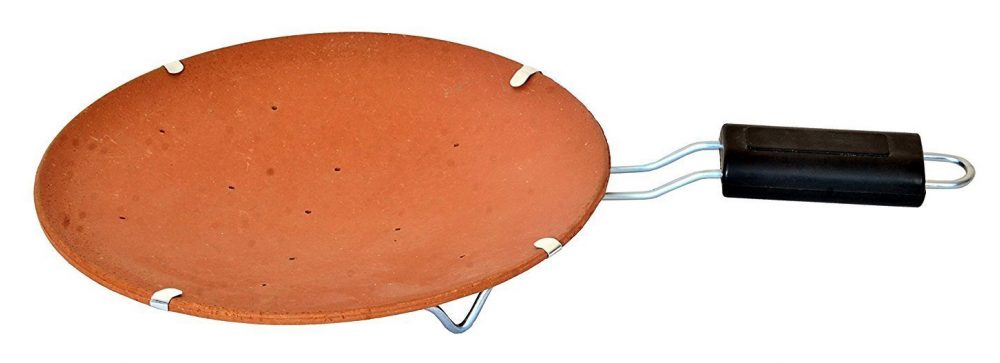
Tawa
In India, home cooks use this slightly concave clay plate, which usually comes with an aluminum stand with a long handle, primarily to make chapatis and other flatbreads that otherwise would be made in a tandoor oven (which aren’t common in homes). The porous clay surface helps the dough retain moisture, leaving the bread with a chewier consistency.
Cazuela
These wide, shallow casserole dishes are ubiquitous at tapas bars across Spain, but their versatility also makes them common in home kitchens. They can go in the oven or over a medium flame, and usually double as serving dishes. Glazed on the inside and left unfinished on the bottom, cazuelas usually are used for liquidy braises of shellfish, mushrooms or small sausages that sometimes are partially cooked over the heat, then finish with the residual heat retained by the pot.
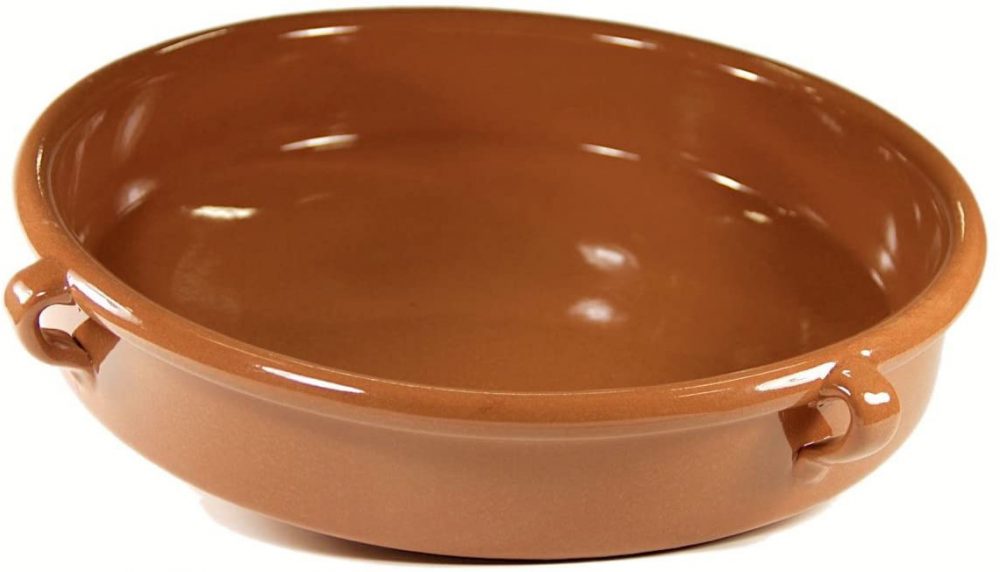
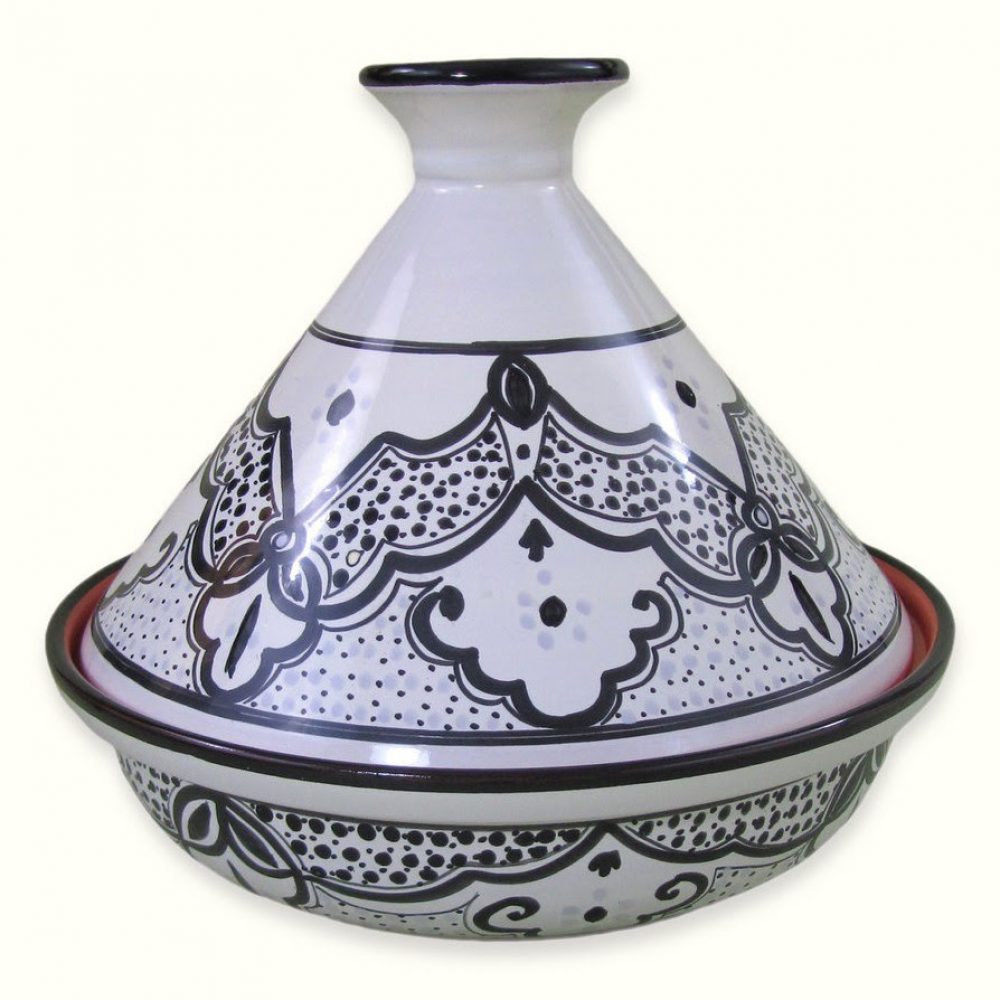
Tagine
In Morocco, the term tagine refers to both the two-part conical cooking vessel and the slow-cooked stews it is used to prepare. Ingredients are layered in the base, typically starting with any raw vegetables, which release liquid that combines with any oil, broth and juices from the meats set on top. The lid traps steam, which condenses at the top, then drips back down the sides and into the food to create a self-basting cycle that concentrates flavors and retains moisture.



